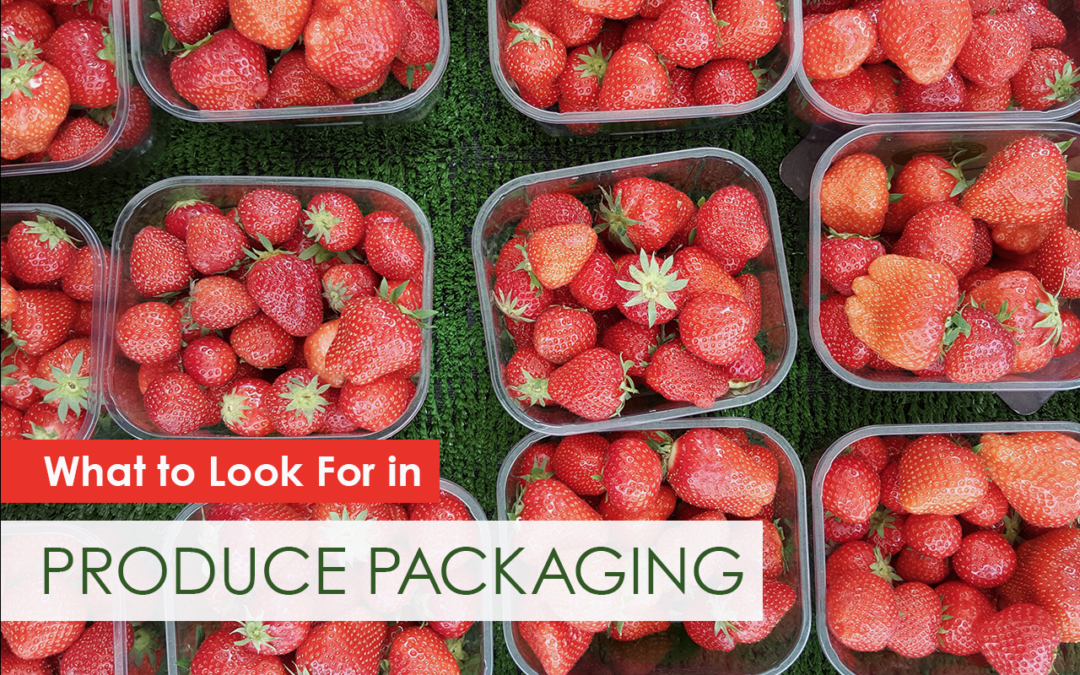It’s 10 pm on a weeknight, and you’ve just wrangled a pump into your new system. Exhausted, you lose your boots at the door and fall into bed. As the world fades away, your eyes fly open and you realize:
You’re going to market in six weeks, and you don’t have any produce packaging yet.
Packaging can be an overwhelming topic, but if you’re a small farmer, take a deep breath; on a small-scale, it’s easy to pull together packaging to use in your beginning stage. Realize that your packaging will definitely change over time as you discover preferences and connect with new suppliers. You don’t need to start at full speed.
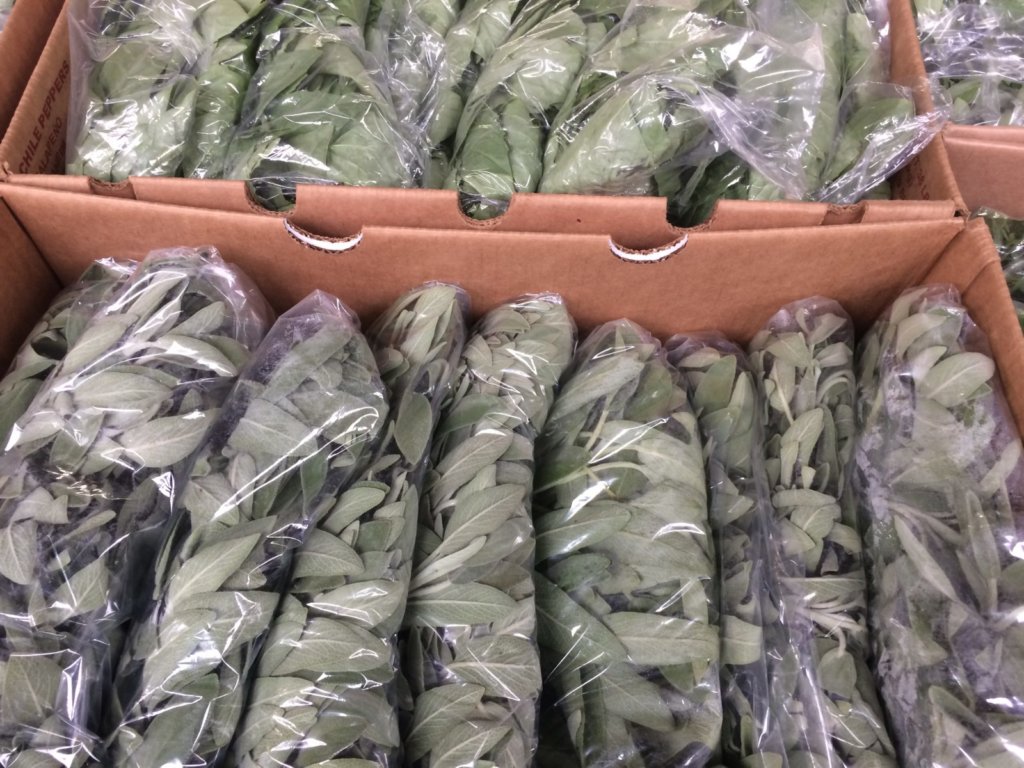
Note: If you’re freaked out, remember that in a pinch you can use plastic and paper bags bought from Walmart to bring produce to market. It won’t be ideal, but it will get the job done while you order better packaging.
For now, just focus on the basics. In this post, we’ll run you through:
- The bare necessities of packaging
- The purposes of packaging
If you want to learn more, like…
- Common materials and sizes you can expect
- Common units for different crops
- Decision-making factors & critical questions
- Examples of what farmers are using
… then stay tuned for an eBook at the Upstart U shop.
*What we don’t cover: labeling. Labeling can get complicated since there is so much legal stuff concerned. For more info on labeling, please take the “Intro Food Labeling & Weighing – Mini Course” here at Upstart University.
Must-haves: the bare necessities of packaging
Although you can get away with pretty casual packaging as you start off, there are a few things that you absolutely need:
Cleanliness
Packaging is an important part of compliance and safety regulations. If you’re certified, then you’ve already glanced through these rules and you know what you need to do. In essence, cleanliness means avoiding cross-contamination, cleaning and sanitizing produce as you’ve said you will, etc. The final step is usually packaging, which keeps your produce clean until it’s in the kitchens of your customers.
Saleable units
This is simple – your produce needs to be split up into units for sale. If you’re selling basil for $3/ounce at the farmers market, you need a way to measure ounces.
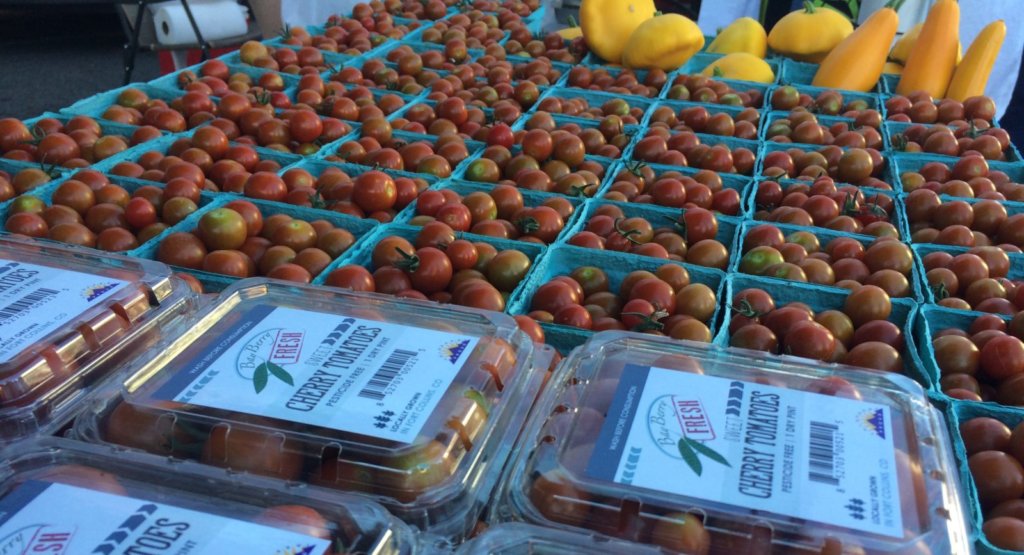
Suitable for transport
Packaging of some kind is required for transporting your produce to market. You don’t just throw 200 heads of lettuce in the backseat of your car. You need boxes, bags, coolers, etc.
Those are the raw basics. As you get the swing of harvesting, packaging, and selling, you’ll learn preferences. These may include:
- Handles and drawstrings
- Breathable materials or vented materials
- Sizes that complement harvesting tools and transport vehicles
- Units that are easy to open and close, resealable, etc.
- Bulk deals and discounts
- Sustainable or “green” packaging
As you start to figure out these preferences, consider the possible functions of packaging.
Functions of packaging: what can a package do for you?
Packaging is not only a necessity of selling but can add significant value to the produce you sell.
It protects produce from contaminants.
The first of these is to protect the produce from outside contaminants. Food safety is the most important factor when providing customers with fresh food.
It protects produce from bruising and tearing.
The package should also be as resistant as possible to impact or rough handling. A bruised, wrinkly tomato probably won’t fly off the shelf. Bruising or tears in produce also makes it more vulnerable to decay and shortens the shelf life.
It extends shelf life.
Containers should keep the produce fresh. Depending on the produce, this may mean packaging that has holes or mesh for ventilation, is coated or waxed to keep out humidity or is insulated to keep temperatures consistent.
It markets the produce.
Finally, the packaging you choose should make your product stand out with eye-catching design. Something that can be printed on or easily labeled will aid in great design. (AVA, 2014)
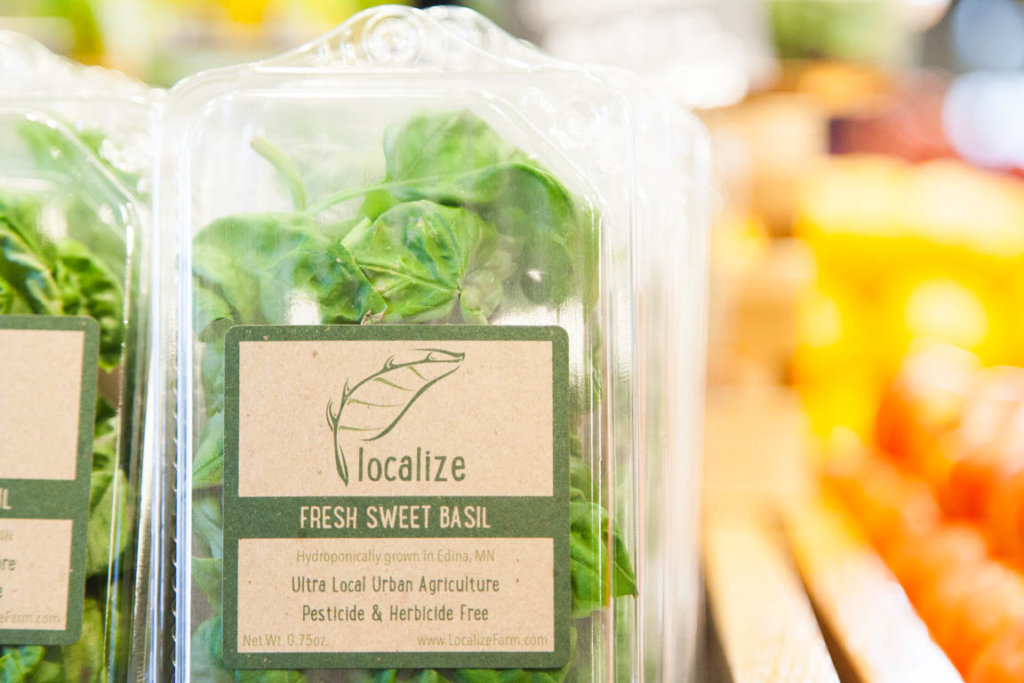
Great packages accomplish all of these purposes. In addition to these, it is essential that the customer’s experience with the packaging is enjoyable, or at the very least, convenient.
You’ve probably experienced “wrap rage” with the package you just can’t open – even when you’ve resorted to wrestling the thing with a can opener and a wrench! Though this isn’t often an issue with packaging for fresh greens and veggies, it is still something to consider. Are the cucumbers you just piled into a plastic bag for a customer going to pop through and make the greatest jailbreak since “Escape from Alcatraz?”
Each of these purposes adds value to your produce. Hand a branch of basil to a customer, and by the time they bring it home it will be battered, wilted, and unappetizing. Hand it over in a vented bag with storage instructions and a nice label, and they will not only enjoy the product better, but will remember it. From this perspective, good packaging is a must have for growing sales.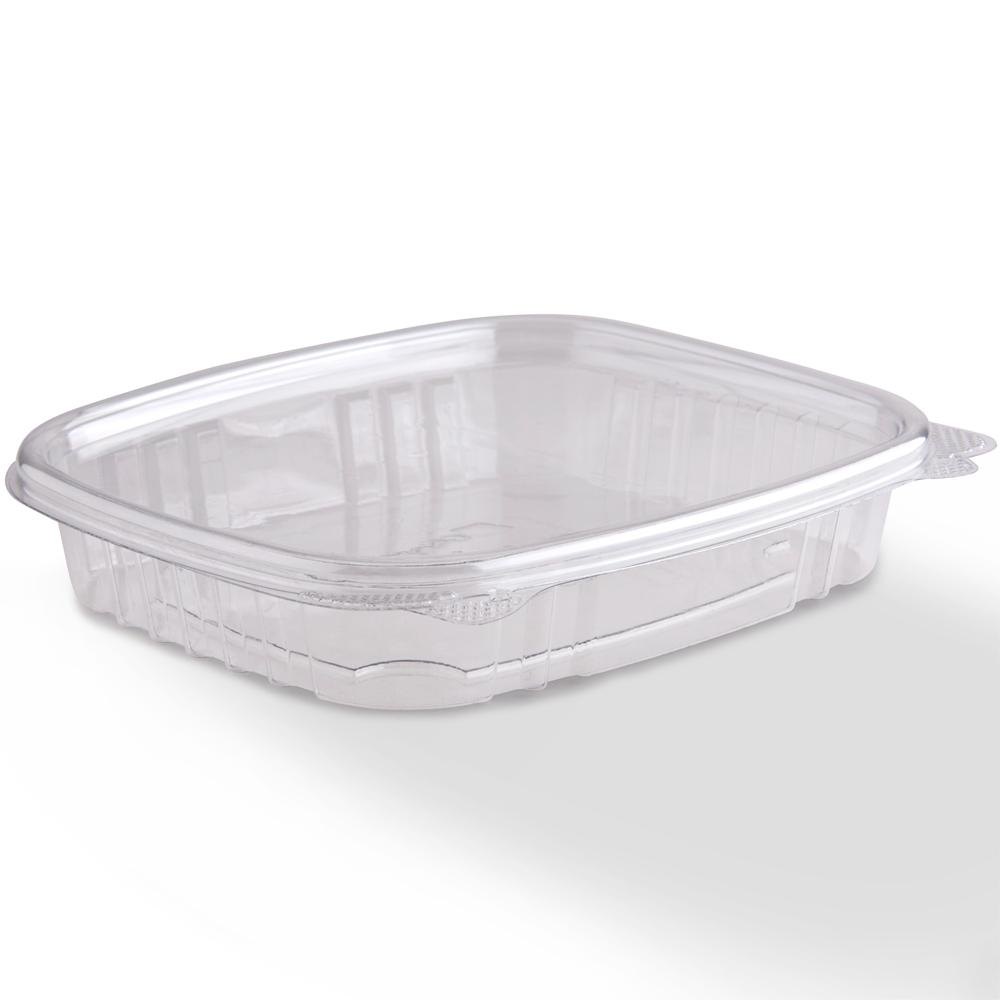
In summary: the perfect produce container ought to provide protection, safe transport, and visibility for the produce within, making everyone throughout the process happy (Boyette).
Now that the significance of packaging is clear, the next question is: what options are out there? Packaging comes in so many shapes, sizes, styles, and an array of materials. The most popular include pallets, boxes, pouches, bags, clamshells, and trays and films.
Conclusion: choosing packaging
We hope that this post has given you a frame of reference for your packaging choice. Most small farmers start with basic “bare necessities” packaging and customize over time based on their preferences, crops, and market.
A final tip that we will leave you with is to find a local salesman or consultant to help you source packaging. You’ll be able to try samples, meet with them in person, and get packaging that specifically meets your needs. Sometimes a relationship with a salesman also helps you find sales and deals on packaging. Start by searching for packaging manufacturers in your area. Get in contact with a nearby office, and they can help you from there!
What do YOU look for in packaging?
Leave your tips and questions in the comments below.

